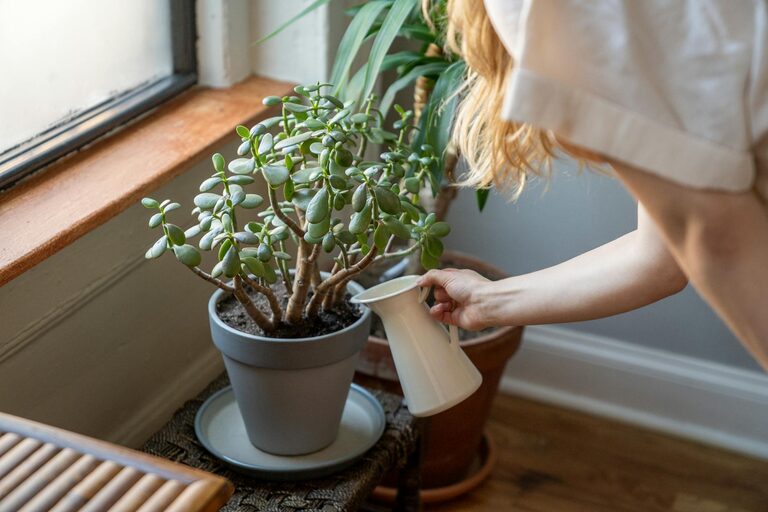
Essential Tips for Keeping Your Houseplants Healthy and Thriving
Bringing houseplants into your home is a wonderful way to add life, color, and freshness to any space. Whether you have a lush fern, a hardy succulent, or a flowering orchid, maintaining healthy plants is key to enjoying their beauty for a long time. Caring for houseplants might seem straightforward, but it often requires some knowledge and consistency to keep them thriving. In this post, we share expert tips that will help you provide the right environment and attention your plants need.
Understanding Your Plant’s Needs
Every houseplant species has unique requirements for light, water, humidity, and soil. Before bringing a new plant home, take time to learn about its natural habitat and needs.
Light Requirements
– Bright indirect light: Many common houseplants, such as pothos and peace lilies, prefer bright but indirect sunlight.
– Direct sunlight: Succulents and cacti often thrive in direct, intense sunlight for several hours a day.
– Low light: Some plants like snake plants or ZZ plants tolerate, or even prefer, lower light conditions.
Place your plants according to their lighting needs, and remember that windows facing south or west generally provide more sun exposure.
Watering Habits
Watering is often the trickiest part because overwatering or underwatering can harm plants.
– Check soil moisture: Use your finger or a moisture meter to check the top 1-2 inches of soil; water only when dry.
– Consistency: Develop a watering schedule, but adjust based on seasonal changes—plants usually need less water in winter.
– Drainage: Ensure pots have drainage holes to prevent water from sitting at the bottom, which can cause root rot.
Soil and Fertilizer
– Use the right soil: Different plants thrive in specific types of soil. For example, succulents need fast-draining soil, while ferns prefer moisture-retentive potting mixes.
– Fertilize appropriately: Feed houseplants with a balanced, water-soluble fertilizer every 4-6 weeks during the growing season (spring and summer). Reduce feeding in fall and winter.
Creating the Ideal Environment
Indoor conditions greatly affect your plant’s health.
Humidity
Many houseplants, especially tropical species, thrive in higher humidity levels.
– Increase humidity: Use a humidifier, place plants on trays filled with water and pebbles, or group plants together to create a microenvironment.
– Misting: Lightly mist leaves several times a week, but avoid overdoing it, as excess moisture can promote fungal issues.
Temperature
Keep plants away from drafts, heaters, and air conditioners. Most houseplants prefer temperatures between 65°F and 75°F (18°C–24°C). Avoid sudden temperature changes.
Air Circulation
Good air circulation prevents fungal diseases and pests. Avoid overcrowding plants and occasionally rotate pots to ensure even air distribution.
Regular Maintenance Practices
Routine care reduces stress on plants and helps catch problems early.
Pruning and Grooming
– Remove yellowing or dead leaves promptly to improve appearance and plant health.
– Pinch back leggy growth to encourage bushier plants.
– Trim flowers after they fade to invest energy into new growth.
Repotting
– Repot plants every 1-2 years or when roots outgrow containers.
– Choose a slightly larger pot and refresh the potting mix to provide nutrients and room for growth.
Pest Management
Common indoor pests include spider mites, aphids, and mealybugs.
– Inspect plants regularly for signs of pests.
– Treat infestations with insecticidal soap or natural remedies like neem oil.
– Quarantine new plants before adding them to your collection to avoid spreading pests.
Troubleshooting Common Issues
Yellow Leaves
Could be due to overwatering, poor drainage, or lack of light.
Brown Leaf Tips
Often caused by low humidity, over-fertilization, or underwatering.
Wilting
May indicate underwatering, root rot, or shock from sudden changes.
Address problems early by reviewing care routines and adjusting as needed.
Enjoying Your Green Space
Houseplants not only enhance your home’s aesthetic but also improve air quality and mood. By understanding their needs and committing to regular care, your plants will reward you with vibrant foliage and blooms.
Summary Checklist
– Know your plant’s light and water needs
– Use appropriate soil and fertilize correctly
– Maintain suitable humidity and temperature
– Monitor for pests and prune when necessary
– Repot regularly to support growth
With patience and attention, every houseplant can become a thriving, beautiful part of your home. Happy gardening!
